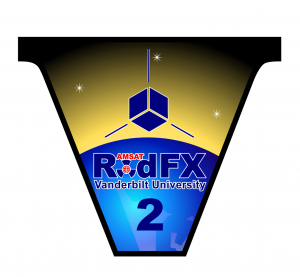The AMSAT Engineering and Operations Teams are pleased to announce that AO-109 (RadFxSat-2/AMSAT Fox-1E) is now open for amateur use. Users are advised to use efficient modes such as CW or FT4 for making contacts, since issues with the satellite make SSB voice contacts challenging at best.
Please see the May/June 2021 issue (Vol. 44, No. 3) of The AMSAT Journal for an article by Burns Fisher, WB1FJ, and Mark Hammond, N8MH, detailing the various attempts to characterize AO-109 and its apparent problems.
On behalf of the Engineering and Operations Teams–
73,
Jerry, N0JY and Drew, KO4MA
AO-109 Frequencies
Inverting Linear Transponder
Uplink 145.860 MHz – 145.890 MHz
Downlink 435.760 MHz – 435.790 MHz
1k2 BPSK Telemetry 435.750 MHz (non-operational)
[ANS thanks AMSAT Vice President – Engineering Jerry Buxton, N0JY, and AMSAT Vice President – Operations Drew Glasbrenner, KO4MA, for the above information]

